Transformer Purpose: Unraveling the Core Functions in Power Systems?
Have you ever wondered what keeps your lights on and your devices running? The answer lies in a device you’ve probably never thought about: the transformer. These unsung heroes are the backbone of our power systems.
Transformers play a crucial role in power systems by performing voltage transformation, enabling efficient energy transfer, maintaining grid stability, and facilitating renewable energy integration. They are essential components that adapt electricity for various uses, from high-voltage transmission to household consumption, ensuring reliable and safe power delivery.
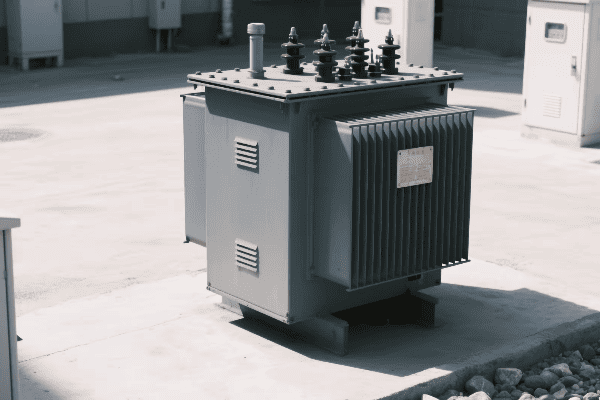
I’ve spent years working with transformers, and I’m always amazed at how these devices shape our electrical world. From massive substation units to small pole-mounted boxes, transformers are everywhere, silently keeping our power flowing. Let’s dive into the fascinating world of transformers and discover their core functions in modern power systems.
Voltage Transformation: The Primary Role of Transformers in Electrical Networks?
Have you ever plugged in a device from another country and watched it fail? That’s voltage mismatch in action. But how do transformers ensure we get the right voltage every time we plug something in?
Voltage transformation is the primary role of transformers in electrical networks. They adjust voltage levels up or down to suit different parts of the power system, from high-voltage transmission lines to low-voltage household circuits. This ability to change voltage is crucial for efficient power transmission and safe consumption.
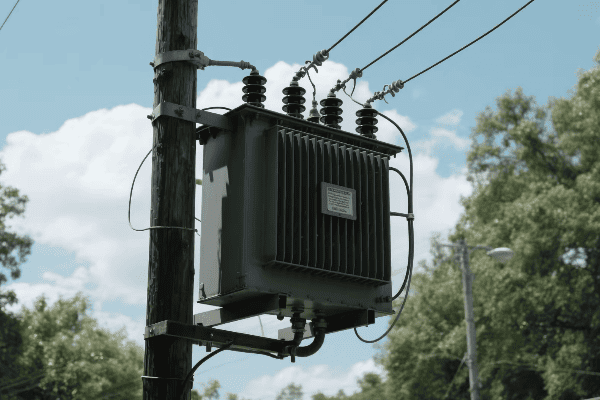
In my years of experience, I’ve seen firsthand how crucial this voltage transformation is. Here’s a deeper look at how it works:
Step-Up Transformation
Boosting voltage for long-distance transmission:
- Higher Voltage, Lower Current: Reduces power losses over long distances.
- Efficiency: Allows for thinner, more economical transmission lines.
- Power Plant Application: Increases generator output voltage for grid connection.
I once worked on a project connecting a remote wind farm to the grid. We used a step-up transformer to increase the voltage from 33 kV to 400 kV. This made it possible to transmit power over 300 miles with minimal losses.
Step-Down Transformation
Reducing voltage for safe consumption:
| Input Voltage | Output Voltage | Application |
|---|---|---|
| 400 kV | 132 kV | Transmission to Distribution |
| 33 kV | 11 kV | Primary Distribution |
| 11 kV | 415/240 V | Secondary Distribution |
In a recent urban development project, I helped install a series of step-down transformers. We started with 33 kV at the substation and stepped it down to 11 kV for local distribution. Then, smaller transformers further reduced it to 240 V for household use.
Voltage Regulation
Maintaining stable voltage levels:
- On-Load Tap Changers: Adjust voltage ratios without interrupting power flow.
- Automatic Voltage Regulators: Work with transformers to maintain set voltage levels.
- Reactive Power Compensation: Help manage power factor and voltage stability.
During a heat wave last summer, I saw how crucial voltage regulation was. As air conditioner use spiked, transformers with on-load tap changers worked tirelessly to keep voltage levels steady, preventing potential brownouts.
Power Transmission and Distribution: How Transformers Enable Efficient Energy Transfer?
Ever wondered how electricity from a power plant miles away reaches your home without significant losses? Transformers are the key. But how exactly do they make this long-distance energy transfer possible?
Transformers enable efficient energy transfer by allowing electricity to be transmitted at high voltages over long distances, then stepped down for local distribution. This process minimizes power losses, reduces the need for thick, expensive cables, and ensures that electricity can be delivered economically across vast areas.
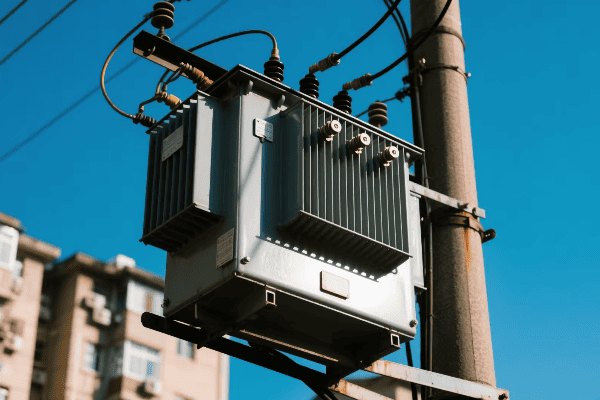
Throughout my career, I’ve worked on various stages of the power transmission and distribution process. Here’s how transformers make it all possible:
Long-Distance Transmission
Making cross-country power delivery feasible:
- Ultra-High Voltage Transformers: Enable transmission at voltages up to 1,000 kV.
- Reduced Line Losses: Higher voltage means lower current and less energy lost as heat.
- Increased Transmission Capacity: More power can be sent over fewer lines.
I once helped design a 765 kV transmission system that could carry 2,000 MW of power over 500 miles. The efficiency gain compared to lower voltage systems was remarkable.
Substation Transformation
Bridging transmission and distribution:
| Function | Input Voltage | Output Voltage |
|---|---|---|
| Primary Substation | 400 kV or 275 kV | 132 kV or 66 kV |
| Secondary Substation | 132 kV or 66 kV | 33 kV or 11 kV |
| Distribution Substation | 33 kV or 11 kV | 415 V or 240 V |
In a recent grid modernization project, I worked on upgrading a primary substation. We installed new transformers that could handle increased load and provide better voltage regulation, improving power quality for an entire region.
Local Distribution
Bringing power to the end-user:
- Pole-Mounted Transformers: Common in rural areas, step down voltage for a small number of homes.
- Pad-Mounted Transformers: Used in urban areas, often serve larger buildings or groups of homes.
- Underground Transformers: Installed in vaults beneath city streets, crucial for dense urban areas.
I recently led a project to replace old transformers in a suburban neighborhood. The new units were more efficient and had smart monitoring capabilities, allowing the utility to respond quickly to any issues.
Grid Stability and Reliability: The Critical Functions of Transformers in System Management?
Have you ever noticed how your lights don’t flicker every time someone starts a power-hungry appliance? That’s grid stability in action. But how do transformers contribute to keeping our power steady and reliable?
Transformers play a critical role in grid stability and reliability by regulating voltage, managing power flow, and providing fault protection. They act as buffers in the electrical system, smoothing out fluctuations and ensuring that end-users receive stable, reliable power regardless of changes in generation or demand.
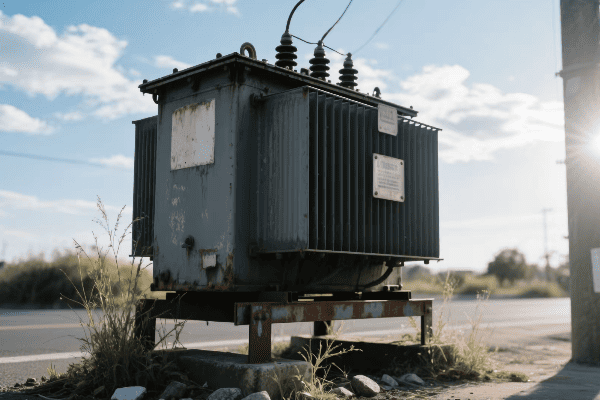
In my years working with power systems, I’ve seen how crucial transformers are for maintaining a stable and reliable grid. Here’s a deeper look at their functions:
Voltage Regulation
Keeping voltage levels steady:
- On-Load Tap Changers (OLTC): Adjust voltage ratios in real-time without interrupting power flow.
- Static VAR Compensators: Work with transformers to manage reactive power and voltage levels.
- Voltage Sensors: Monitor voltage levels and trigger adjustments as needed.
I once worked on upgrading a substation with advanced OLTCs. The improvement in voltage stability was remarkable, especially during peak demand hours when load fluctuations were most severe.
Power Flow Control
Directing electricity where it’s needed:
| Technology | Function | Benefit |
|---|---|---|
| Phase Shifting Transformers | Control power flow direction | Optimizes transmission capacity |
| FACTS Devices | Enhance power flow control | Improves system stability |
| Smart Transformers | Provide real-time power flow management | Enables dynamic grid operation |
In a recent smart grid project, we implemented phase-shifting transformers to manage power flows between different regions. This allowed for more efficient use of transmission capacity and improved overall system stability.
Fault Protection
Safeguarding the grid against disruptions:
- Differential Protection: Quickly identifies and isolates faults within the transformer.
- Overcurrent Protection: Prevents damage from excessive current flow.
- Buchholz Relay: Detects faults in oil-filled transformers by monitoring gas buildup.
I remember a case where a transformer’s differential protection system prevented a major fault from cascading through the grid. It essentially acted as a firewall, containing the issue to a small area and preventing a widespread blackout.
Diverse Transformer Types: Tailored Solutions for Varied Power System Requirements?
One size fits all? Not in the world of transformers. But why do we need so many different types, and how do they cater to various electrical needs?
Diverse transformer types exist to meet specific power system requirements. From massive power transformers for grid-level voltage conversion to small distribution transformers for neighborhood power delivery, each type is designed for optimal performance in its intended application. Specialized transformers also cater to unique needs like isolation, phase conversion, and harmonic mitigation.
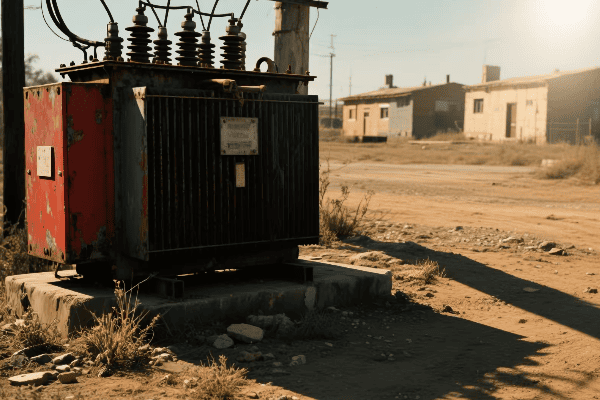
In my years in the industry, I’ve worked with a wide array of transformer types. Each has its unique characteristics and applications. Let’s explore the diversity:
Power Transformers
The giants of the transformer world:
- High Capacity: Typically rated above 500 kVA.
- High Voltage: Often operate at voltages above 69 kV.
- Applications: Power plants, transmission substations.
I once helped install a 1000 MVA power transformer at a hydroelectric plant. Its size was impressive – about as big as a small house!
Distribution Transformers
Bringing power to your neighborhood:
| Type | Typical Rating | Location |
|---|---|---|
| Pole-mounted | 5-150 kVA | Utility poles |
| Pad-mounted | 75-5000 kVA | Ground level |
| Underground | 75-3000 kVA | Vaults or manholes |
In a recent urban development project, we installed dozens of pad-mounted transformers. Each one served about 10-12 homes, stepping down the voltage from 12 kV to 240/120 V for household use.
Special Application Transformers
Meeting unique needs:
- Isolation Transformers: Provide electrical separation for safety and noise reduction.
- Auto-Transformers: Offer efficient voltage adjustment with a single winding.
- Rectifier Transformers: Designed for DC power supplies in industrial applications.
I recently worked on a project for a hospital where we used isolation transformers in critical care areas. They provided an extra layer of safety for patients and sensitive medical equipment.
Renewable Energy Integration: Transformers as Key Facilitators in the Green Power Revolution?
Solar panels, wind turbines – they’re great for the planet, but they give grid operators headaches. How do transformers help smooth out these bumpy energy sources and integrate them into our power systems?
Transformers play a crucial role in renewable energy integration by managing the variable and often unpredictable output of solar and wind sources. They help convert the generated power to grid-compatible voltages, regulate power quality, and facilitate the bi-directional flow of electricity needed in modern, distributed energy systems.
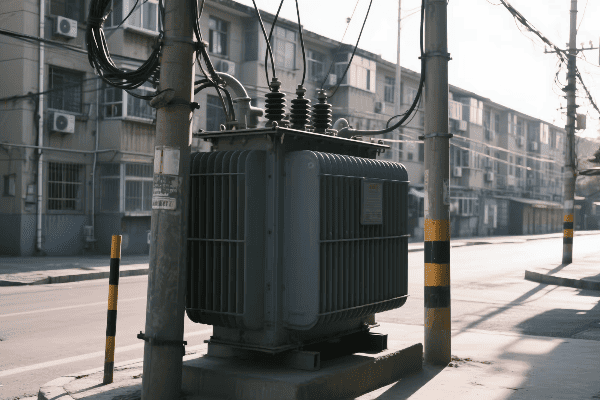
I’ve been fortunate to work on several renewable energy projects, and the role of transformers in these systems is fascinating. Here’s how they’re making the green power revolution possible:
Voltage Matching and Grid Connection
Bridging renewable sources and the grid:
- Step-Up Transformers: Increase voltage from solar or wind farms to transmission levels.
- Inverter-Duty Transformers: Handle the unique characteristics of inverter-based generation.
- Tap Changers: Adjust voltage ratios to maintain stability with varying renewable output.
In a recent large-scale solar farm project, we used specialized inverter-duty transformers. They could handle the variable output and high harmonic content typical of solar inverters, ensuring clean power delivery to the grid.
Power Quality Management
Keeping the grid clean and stable:
| Issue | Transformer Solution | Benefit |
|---|---|---|
| Harmonics | K-Factor Transformers | Reduce harmonic distortion |
| Voltage Fluctuations | On-Load Tap Changers | Maintain stable voltage |
| Reactive Power | Phase-Shifting Transformers | Improve power factor |
I once worked on a wind farm integration where we used transformers with advanced harmonic mitigation features. The improvement in power quality was so significant that it allowed for a 20% increase in wind power penetration without compromising grid stability.
Bi-Directional Power Flow
Enabling modern, flexible grids:
- Smart Transformers: Manage power flow in both directions for prosumer applications.
- Distribution Transformers with Reverse Power Capabilities: Support rooftop solar integration.
- Solid-State Transformers: Offer precise control over power characteristics and flow direction.
In a recent microgrid project, we implemented smart transformers that could handle bi-directional power flow. This allowed the community to both consume grid power and sell excess solar generation back to the utility, maximizing the benefits of their renewable investments.
Conclusion
Transformers are essential in power systems, performing voltage transformation, enabling efficient energy transfer, maintaining grid stability, and facilitating renewable energy integration. Their diverse types and advanced technologies are crucial for modern, reliable, and sustainable electrical networks.
Free CHBEB Transformer Catalog Download
Get the full range of CHBEB transformers in one catalog.
Includes oil-immersed, dry-type, pad-mounted, and custom solutions.
Quick Message
Request A free quote
We'd like to work with you
- +86 15558785111
- [email protected]
- +86 15558785111
What We Do
CHINA BEI ER BIAN (CHBEB) GROUP, with 218 million in registered capital, originated from Beijing Beierbian Transformer Group. Headquartered in Beijing for R&D, it operates major production bases in Nanjing and Yueqing, producing high-quality products.
Latest Product
address
BeiJing
No 3,RongJing East Road,BeiJing Economic Technological Development Area,BeiJing,China
JiangSu
No 7️Xiangfeng Road,Jiangning,NanJing,JiangSu,China
WenZhou
No.211, Wei 16 Road, Industrial Zone, Yueqing, Wenzhou, Zhejiang, China.
XiangYang Industrial Zone ,YueQing,WenZhou,ZheJiang,China
contact us
- [email protected]
- +86 13057780111
- +86 13057780111
- +86 15558785111
Copyright © Bei Er Bian Group


